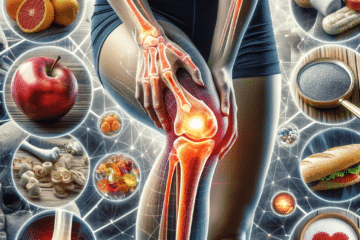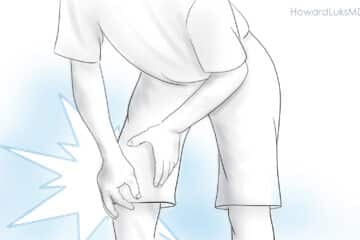
Guest Post by: Marc Chasin, M.D., MMM, CPE
It has been almost a decade since the last time I sat down to write about the impact of the smartphone on patient care at the bedside. In 2001, as I discussed in an article in Family Practice Management, http://www.aafp.org/fpm/2001/0600/p50.html, cutting edge technology was the Handspring Visor. Epocrates was just 2 years old and wifi access was a luxury, not to mention that there was no device convergence (you had to have a PDA and a phone). Care at the bedside was limited to clinical data retrieval that mostly resided on the device, with rudimentary data input and limited realtime interaction with the internet.
As network infrastructure and bandwidth improved, so has the use of smartphones and other technologies at the bedside. According to a report by the Spyglass Consulting Group “94% of physicians are using smartphones to communicate, manage personal and business workflows and access medical information”. This is definitely representative of the trend I am seeing throughout my travels and even in my hospital. The main obstruction is not necessarily the physician adoption of the mobile technology but the speed the organization’s infrastructure can accommodate the many different platforms. Presently most hospitals deploy the RIM OS through a BES (Blackberry Enterprise Server). This is fantastic technology; it is stable and offers very reliable push email technology, but until recently the GUI for input was very clunky.
Two more recent technologies that have gained momentum over the past four years have been the iPhone and android platforms of smartphones. These run slightly differently and employ many different clinical applications. The user interface has been improved with touch screen technology and real time Internet connectivity. Applications have been developed not only for the physician but for the patient. These applications facilitate direct communication between the patient and physician with the ultimate goal of improved health and reduced cost.
Why, then, is there such a delay in the adoption to this much desired technology? Many would argue that it is the physicians’ lack of adoption of smartphone technology that is the cause of the delay. However, in my experience, the problem is in the actual manpower required to maintain security and support for all these different operating systems. Presently I have 3 devices completely integrated in my hospital, a Blackberry, iPhone, and an android device. This didn’t come easily, I had to weave through the typical red-tape at any organization. But this is a testament that it can be done. As with many things in healthcare today the medical provider must be at the table to facilitate these pertinent and timely discussions. This will ultimately improve the efficiency in which a physician can render care, improve the quality of treatment by bringing the care to the bedside, while at the same time reducing potential errors.
Most recently there has been and increasing presence of social media in the healthcare environment. YouTube, FaceBook, and Twitter have all been utilized to educate colleagues, patients and communities about the local and national medical communities. These are all fantastic mediums and when used in tandem can effectively increase health awareness and even improve patient care. With any new technology there is also a potential downside. Select individuals can potentially abuse the technology as was seen by the nurses at St. Mary’s who took photos of a critical patient. Unfortunately this is also seen in the paper world as George Clooney’s medical records were viewed at Palisades General Hospital after a minor motorcycle accident. The issue here is that social media does not prevent stupidity. The solution, in my mind, is not to block these social media outlets. Proper healthcare policies must be implemented and enforced. As we often say in medicine “the benefits outweigh the risks”.
Marc Chasin, M.D., MMM, CPE
@CMIOBlog













